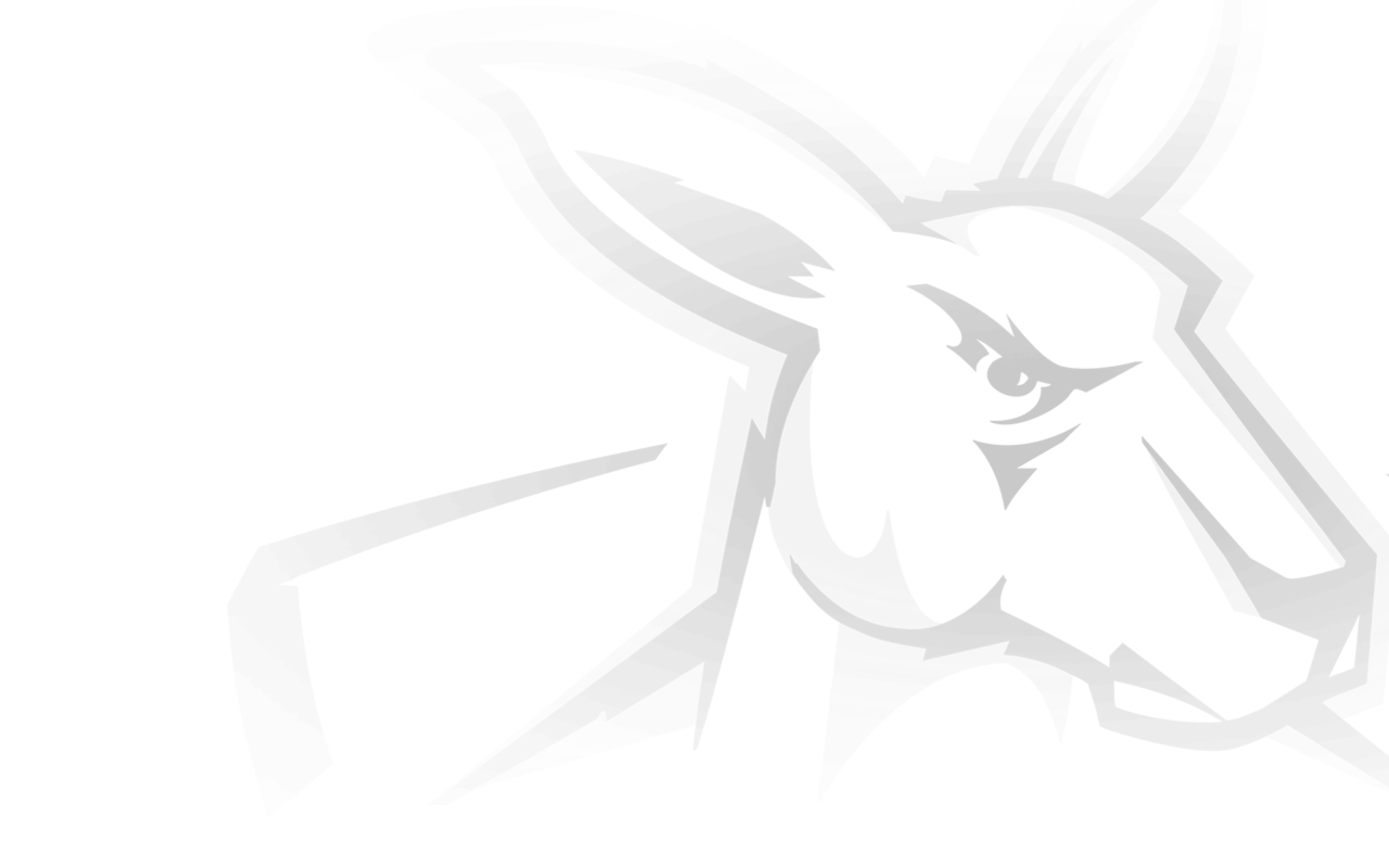The AFL is expected to revert to a one-night NAB AFL Draft event this year with a likely decline in selections due to the COVID-19 ravaged season.
The League briefed clubs on Wednesday about its plans for the draft, saying it was working towards taking it back to a one-night event on December 9, which would likely fall before the start of the Big Bash cricket competition in Melbourne.
RELATED: Trade & Draft Hub - Presented by Mazda BT-50
The draft expanded into a two-night extravaganza for the first time in 2018, when that year's stellar first round of selections was picked at Marvel Stadium.
The following picks were then taken the next day, with last year's draft also following a similar model.
However the impact of COVID-19 on draft seasons around the country, including Victoria whereby the NAB League was abandoned without a round of games being played, plus the likely shortening of lists, has clubs viewing it as unlikely they will take as many selections to this year's draft.
The change would decrease the impact of picks at the start of the second round becoming highly tradeable commodities which has been the case between days one and two of the previous two drafts.
The AFL is still hopeful of holding a COVID safe draft event in line with the government restrictions by December, mindful that many borders will have reopened to allows prospects to travel to the draft and that Victorian draftees have missed out on many of the norms in their under-18 season.
Clubs were told they were likely to have one representative based at the AFL Review Centre with the rest of the recruiting team dialling in externally.
The likely change in draft structure comes as there is also a view among recruiters that clubs may keep positions on lists open for undrafted players to be selected under the AFL's proposed 'waiver' system that appears likely to be introduced next season.
That would allow players to join clubs at three separate intervals – after round four, eight and 12 – instead of in one hit at a mid-season intake.
Clubs believe because of those openings becoming available they may invest less in this year's group and wait to see which draftees emerge in the early stages of next year, including likely some overlooked 19-year-olds.
Recruiters and list managers were supportive of the waiver-like system but have expressed some concern about staffing for the extra draft windows given their teams have been significantly hit by the COVID-19 enforced cuts to football department spending.
The AFL also briefed clubs on list sizes for next year, indicating the maximum number of senior-listed players could sit at 38 with an overall cap on 44 players, including rookies and category B rookies.


